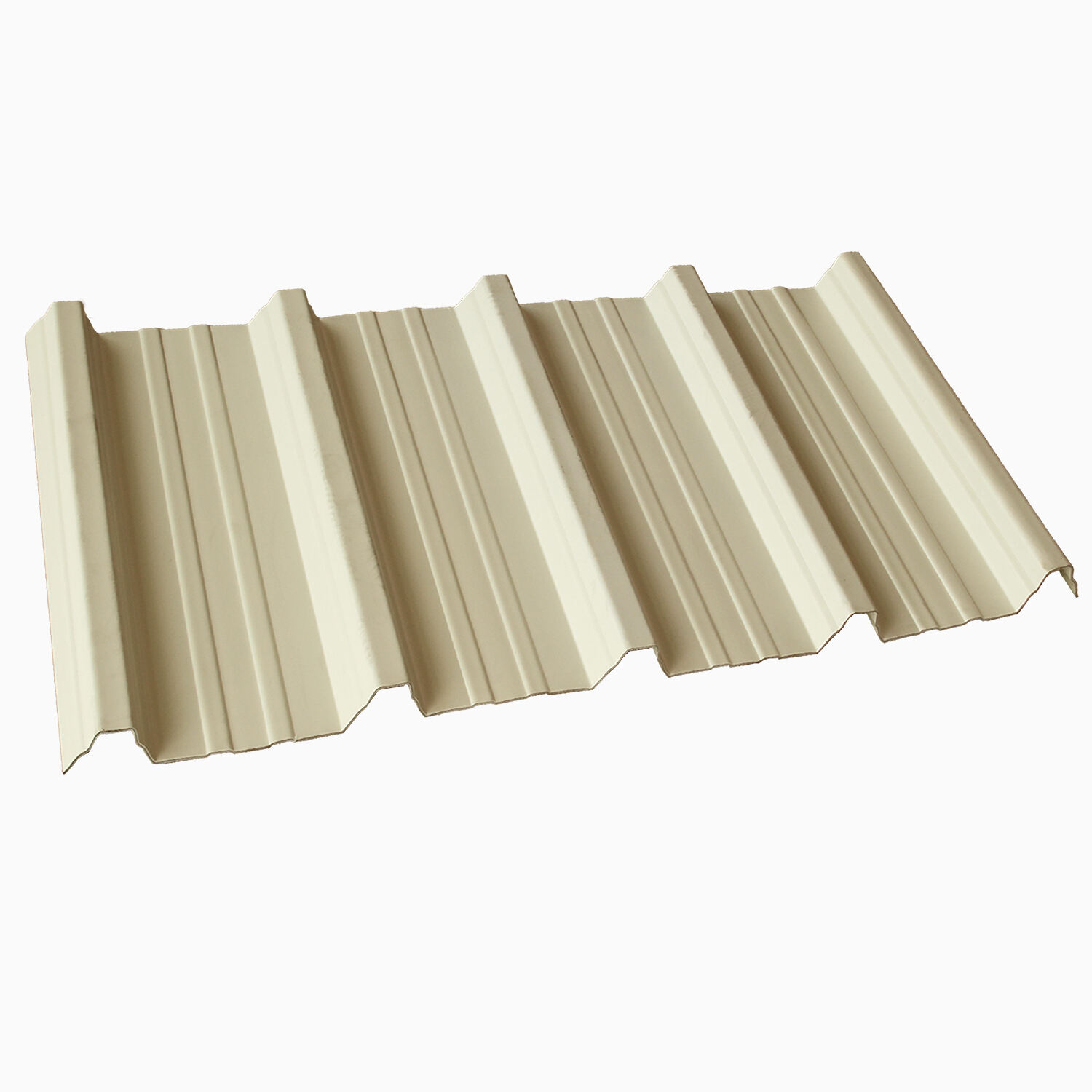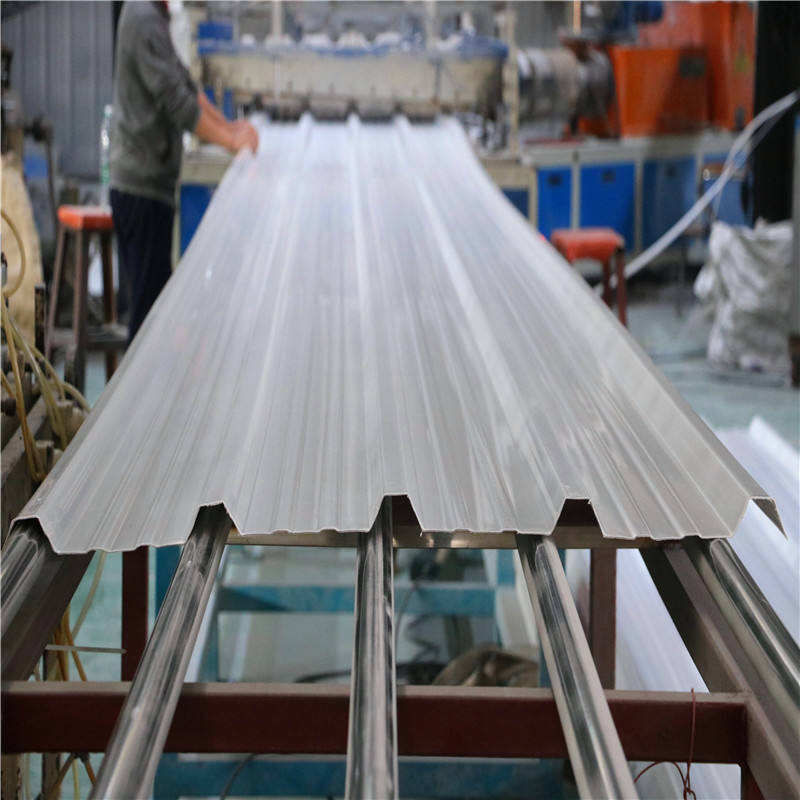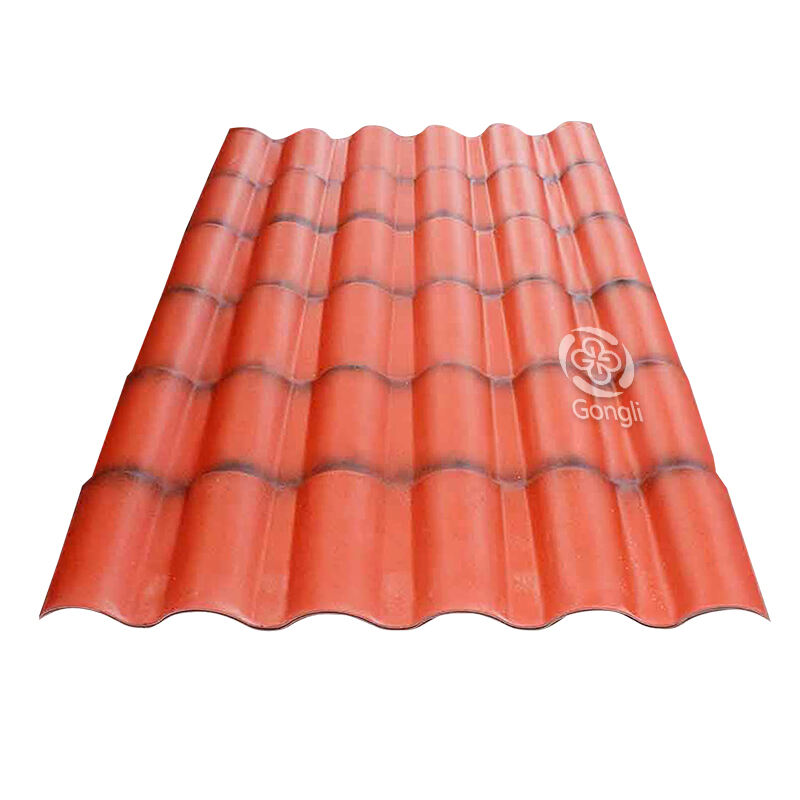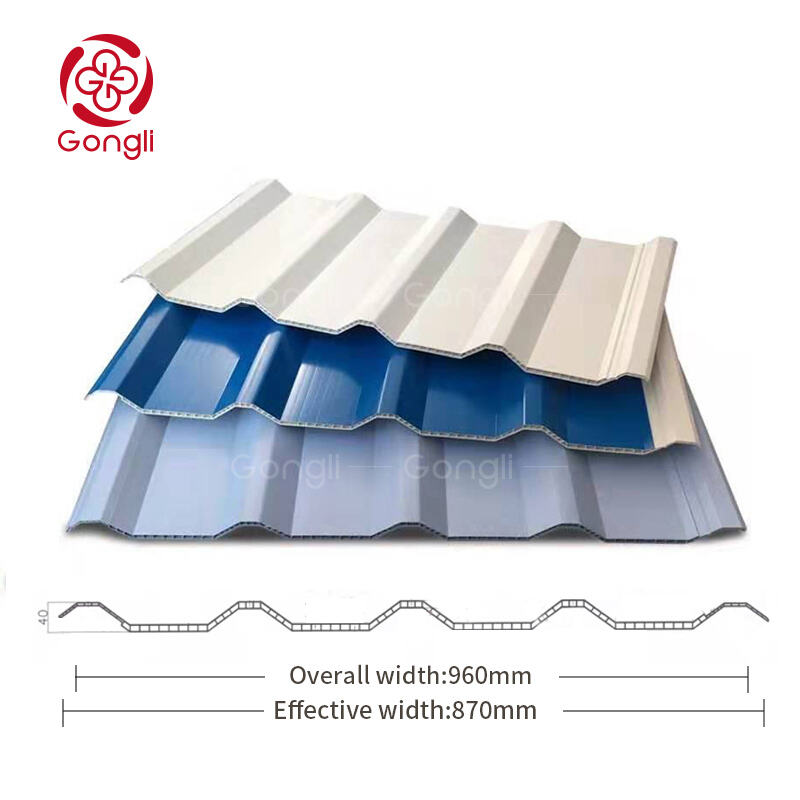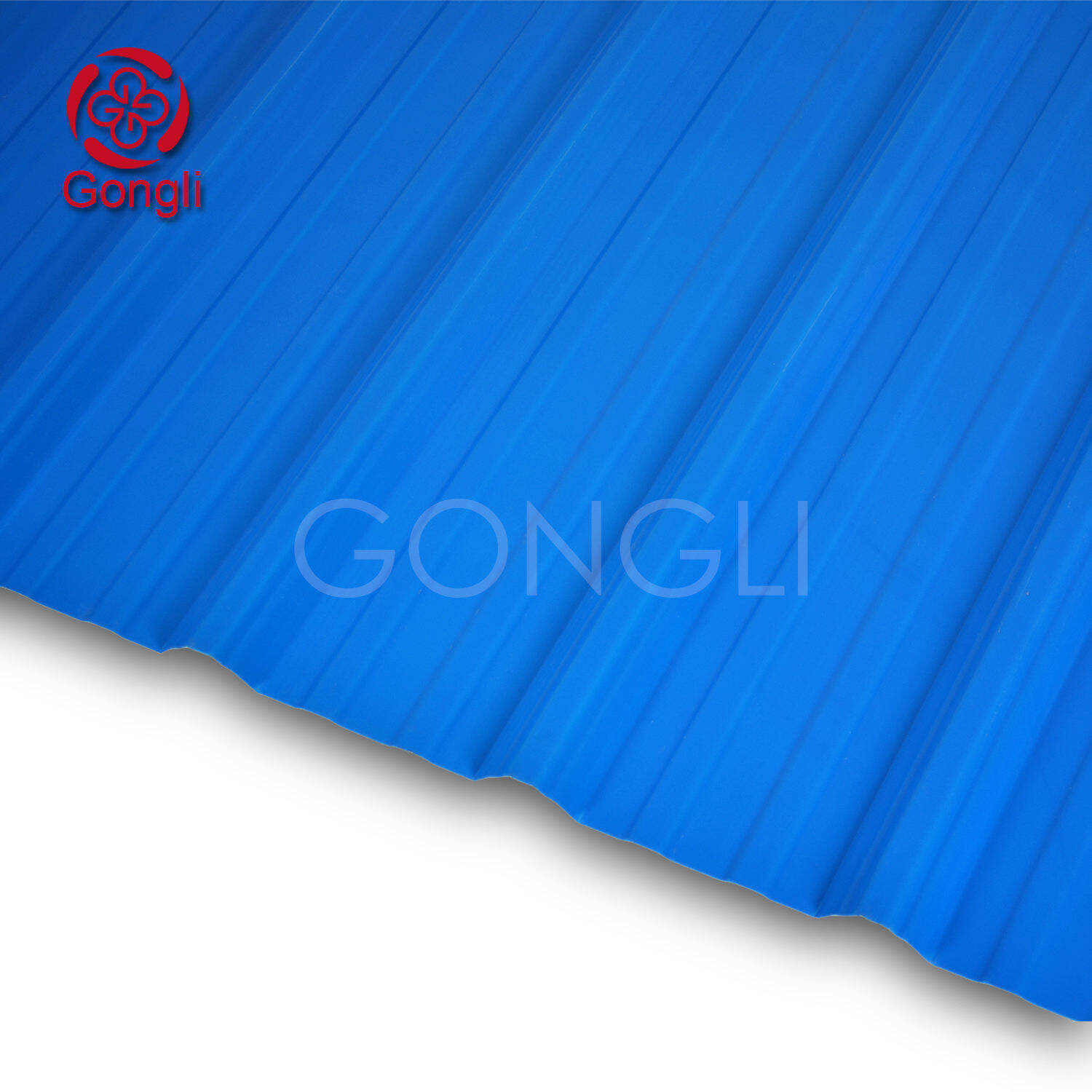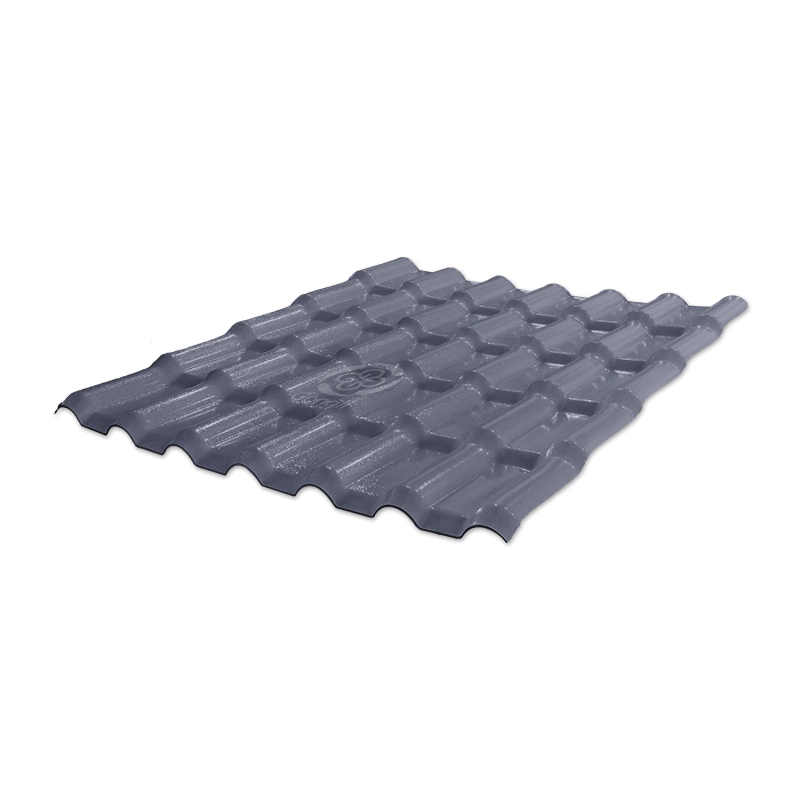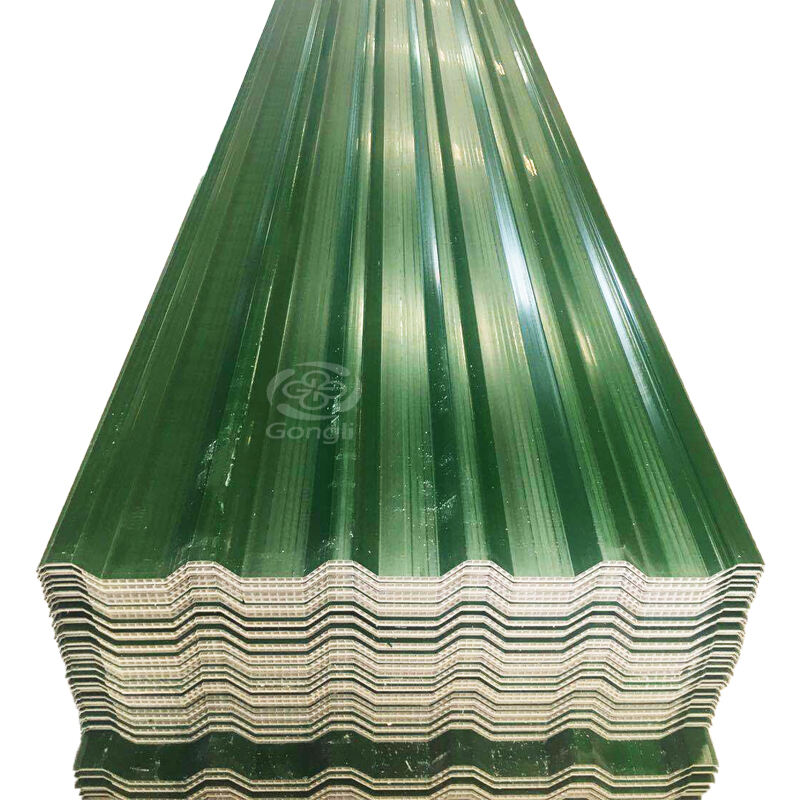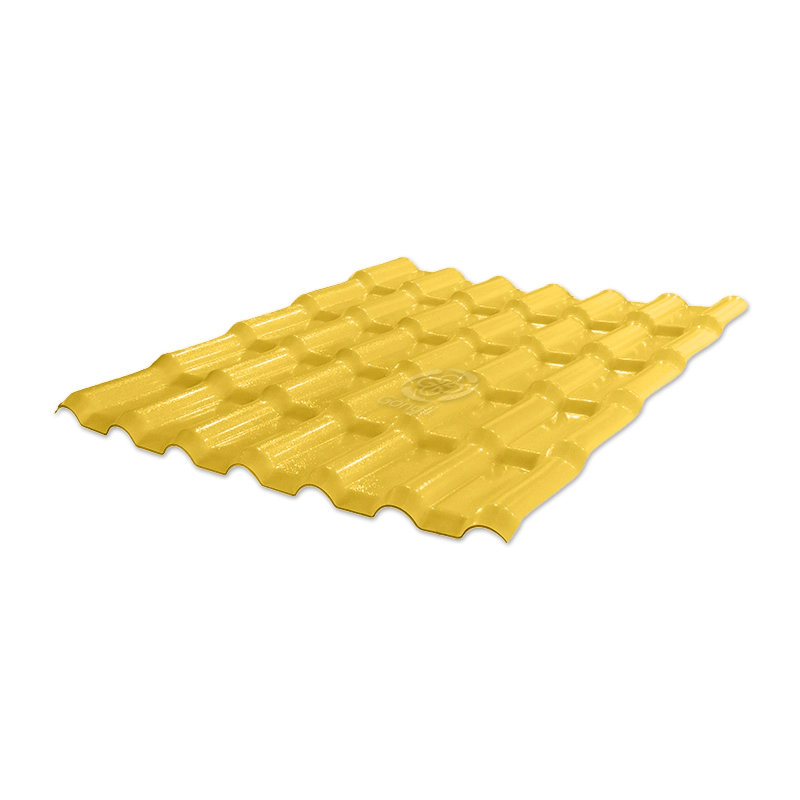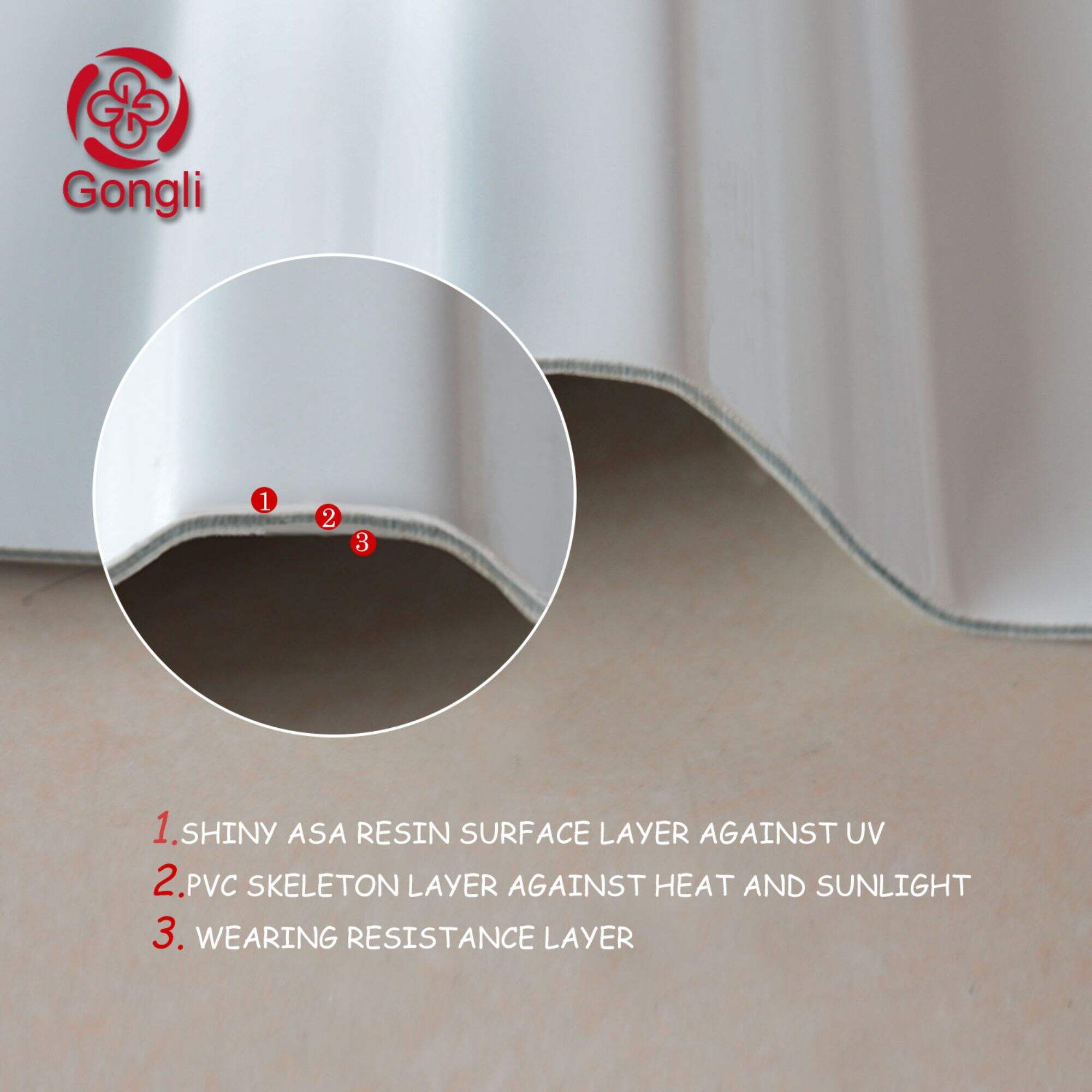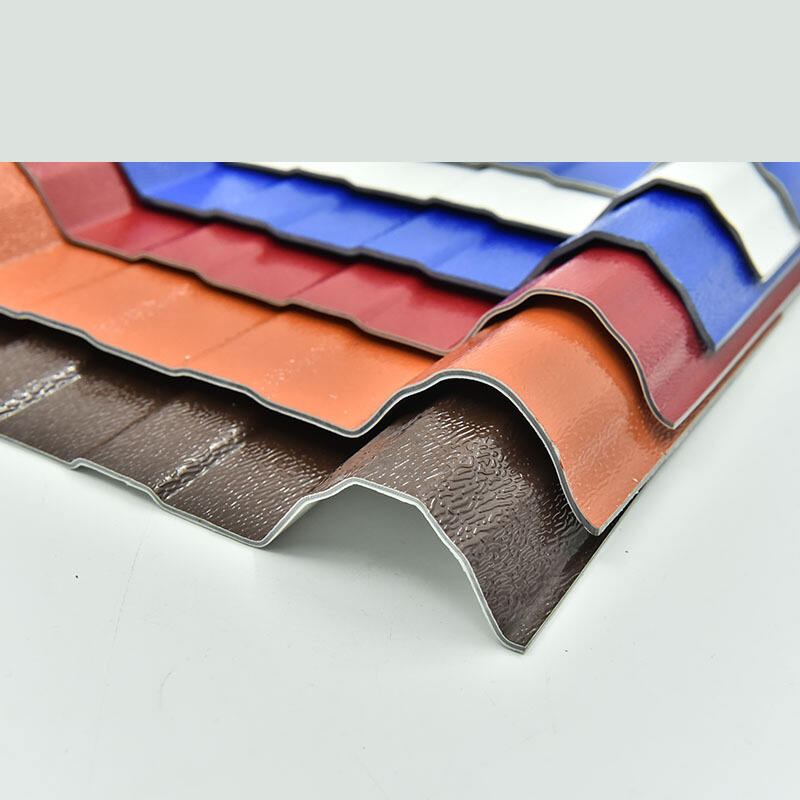Why Are Composite Roof Tiles Gaining Popularity in Modern Architecture?
Key Advantages of Composite Roof Tiles in Modern Construction
Superior Durability for Extreme Weather Resistance
Composite roof tiles are an excellent choice for extreme weather resistance, outperforming traditional materials like asphalt and wood. These tiles are engineered to endure harsh climates, including extreme temperatures, heavy rains, and strong winds. According to studies, composite tiles can withstand wind speeds of over 110 mph, making them an ideal option for regions prone to hurricanes. Additionally, the longevity of composite roofing can reach up to 50 years, significantly reducing the need for frequent replacements and repairs. This durability makes composite roof tiles a reliable option for ensuring long-lasting protection [source: composite roof tiles, extreme weather durability].
Lightweight Design Simplifies Installation
One of the significant benefits of composite roof tiles is their lightweight design, which simplifies installation processes. The reduced structural load on buildings allows for easier installation on various frameworks, making renovations and new constructions more feasible. Installation time is often reduced by up to 25% compared to heavier materials, providing cost savings in labor and time. Moreover, less intensive support structures mean that projects can be completed within tighter deadlines. The combination of these factors makes composite roof tiles a preferred choice for many modern construction projects [source: lightweight roofing, easy installation].
Cost-Efficiency Compared to Traditional Materials
Composite roof tiles offer a cost-efficient solution when compared to traditional roofing materials. While the initial investment might be slightly higher, long-term savings from reduced maintenance and energy efficiency make them a wise choice. Studies indicate that homeowners can save up to 30% on annual energy costs due to the insulation properties of composite materials. Furthermore, these tiles help mitigate the risks of roof replacement costs caused by weather damage, serving as a protective shield against the elements. Such benefits underscore the economic advantages of choosing composite tiles for roofing needs [source: cost-efficient roofing, composite roof tiles].
Aesthetic Flexibility Meets Architectural Innovation
Spanish-Style Profiles for Classic Appeal
Composite roof tiles offer homeowners the elegance of Spanish-style profiles without compromising modern performance. These tiles are particularly suited to Mediterranean and Spanish-style homes, enhancing both aesthetic appeal and property value. Unlike traditional clay tiles, composite Spanish-style design tiles are lightweight, reducing structural strain. They also come in a variety of colors, mimicking the rich palette of traditional materials.
Custom Plastic Formulations for Unique Designs
The modern architectural landscape benefits significantly from customizable composite roof tiles. Manufacturers can tailor custom plastic roof tiles to meet specific architectural and aesthetic requirements, providing an array of design possibilities that are unavailable with conventional roofing materials. These custom tiles offer a variety of colors, patterns, and finishes, allowing architects to push creative boundaries. Eco-conscious consumers can also benefit from these products, as many formulations are designed with sustainability in mind, aligning aesthetics with environmental responsibility.
Stone-Coated Visuals with Modern Performance
Stone-coated composite tiles present an attractive fusion of visual and functional benefits for contemporary homeowners. These tiles embody the rustic aesthetics of natural stone yet retain the lightweight and resilient properties typical of composite materials. Furthermore, they include advanced coatings designed to resist the growth of moss and algae, which ensures sustained visual appeal and durability. This blend of stone-coated roof metal visuals with modern performance makes them an ideal choice for those seeking both beauty and practicality in roofing solutions.
Sustainability Driving Composite Tile Popularity
Recycled Material Integration
Composite roof tiles are increasingly being made from recycled materials, highlighting a significant step towards sustainable roofing solutions. These tiles can comprise up to 70% recycled content, reducing reliance on new materials and subsequently lowering the carbon footprint associated with traditional roofing options. Such integration supports sustainable construction practices and aligns well with various green building certifications, making them an appealing choice for eco-conscious builders and consumers. Not only do they offer environmental benefits, but they also cater to the rising market demand for eco-friendly construction.
Energy-Efficient Thermal Properties
One of the standout features of composite roof tiles is their energy-efficient thermal properties. These tiles are designed to reduce heat transfer, helping to keep buildings cooler during the summer and warmer in winter. This efficiency minimizes the urban heat island effect by reflecting more sunlight, thereby conserving energy. According to research, such properties can lower a building's HVAC energy consumption by up to 25%. As the demand for energy-efficient solutions grows, composite tiles are becoming increasingly popular with homeowners and developers looking to reduce energy costs and promote eco-friendly living.
10-Degree Pitch Compatibility for Solar Integration
Composite roof tiles are particularly suitable for low-slope roofing applications, such as those with a 10-degree pitch, making them ideal for solar panel integration. This compatibility allows homeowners to efficiently incorporate renewable energy solutions without the need for specialized roofing systems. As the adoption of solar technologies continues to rise, having roofing materials that support such installations enhances the marketability and appeal of properties. The integration of solar panels not only contributes to energy savings but also aligns with global sustainability goals for renewable energy use.
Leading Composite Roofing Solutions
885mm PVC Twinwall Roofing Hollow Sheets
Engineered for optimal insulation and durability, these 885mm PVC Twinwall Roofing Hollow Sheets are suitable for both residential and commercial properties. They provide remarkable UV resistance, ensuring the longevity in various outdoor applications, which is crucial for sustaining energy-efficient roofing solutions. Research demonstrates their capability in substantially reducing heating and cooling costs, making them a valuable choice for energy-conscious users.
.jpg)
885mm Blue ASA PVC Heat Insulation Twinswall
Featuring superior heat insulation properties, the 885mm Blue ASA PVC Heat Insulation Twinswall is perfect for extreme climate conditions, enhancing indoor comfort without compromising on durability. The blue finish adds aesthetic appeal, meeting practical needs elegantly. Studies have shown that materials like ASA PVC are capable of withstanding high temperatures, maintaining performance stability over time, which is crucial for durable roofing solutions.
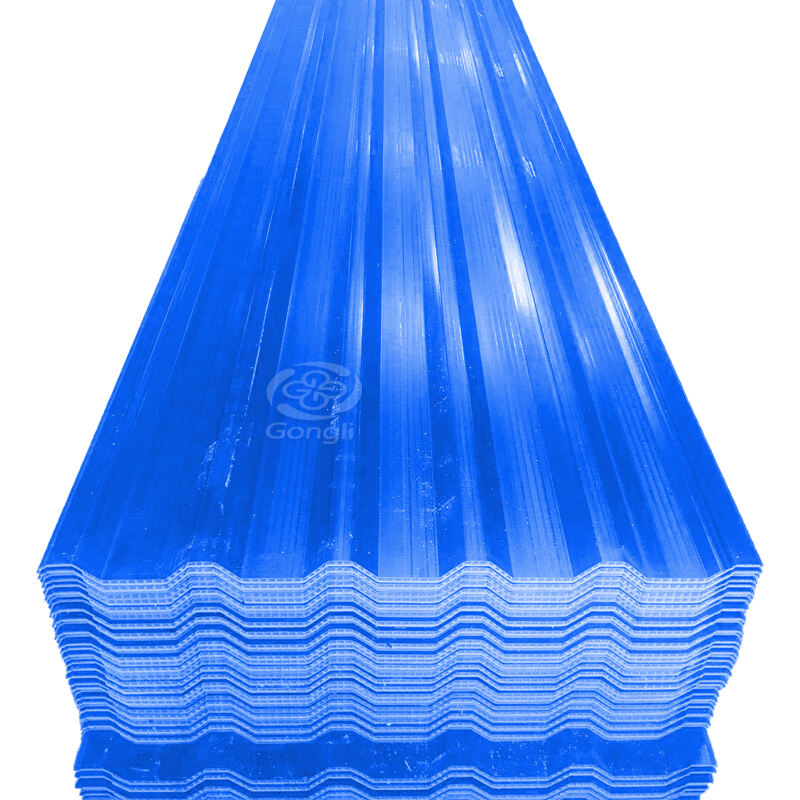
885mm Red PVC Sandwich Twin Wall Paneling
The 885mm Red PVC Sandwich Twin Wall Panels offer not just insulation but ease of installation, making them versatile for a wide range of buildings. With vibrant color options, they present the opportunity for creative architectural designs without sacrificing structural integrity. According to research, this type of sandwich paneling is highly efficient in improving energy sustainability, particularly in commercial applications, which underlines its compatibility with eco-friendly construction practices.
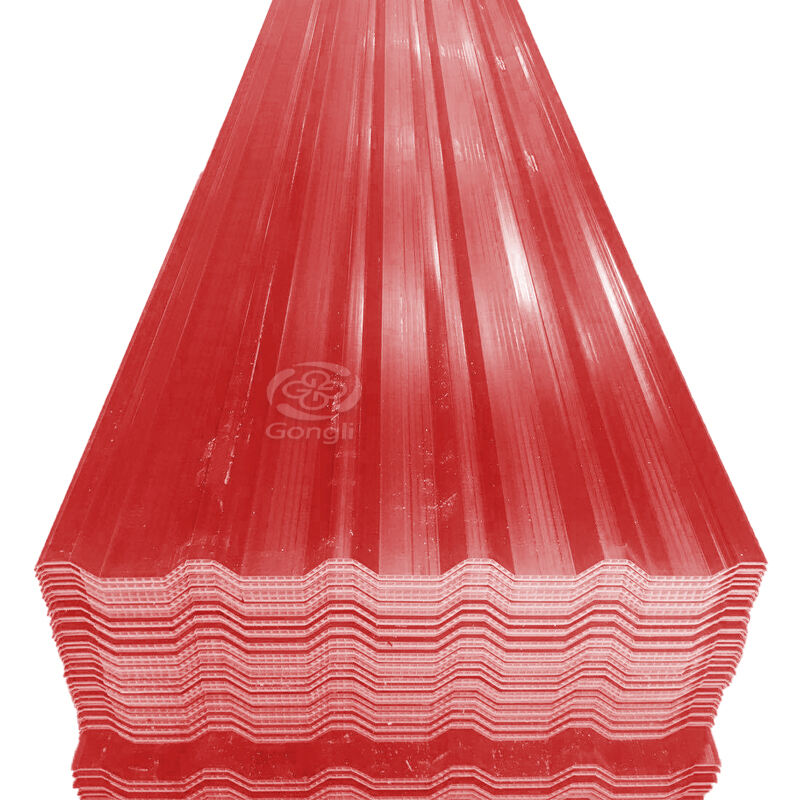
Future-Proofing Architecture with Composite Systems
Adaptability for Smart Home Integration
Composite roofing systems offer significant adaptability for smart home integration, making them a perfect fit for modern architectural designs. These systems are engineered to support various technologies such as solar panels, roof sensors, and ventilation systems without compromising the structure's integrity. The integration of smart home features can significantly enhance property values, a fact backed by data showing increased buyer interest in technologically advanced homes. As homeowners increasingly seek comfort, security, and efficiency, composite roofing becomes a pivotal component in future-proof architecture.
Long-Term Maintenance Advantages
The long-term maintenance benefits of composite materials are one of their most attractive features. Unlike traditional roofing materials that are susceptible to rotting, warping, and corrosion, composites require significantly less upkeep. Statistics show homeowners enjoying up to 50% less expenditure on repairs compared to those utilizing asphalt shingles. This durability not only minimizes the frequency of replacements but also delivers substantial cost savings over time. As a result, composite roofing solutions are recognized as a wise investment for those seeking sustainable, low-maintenance roofing options.
Meeting Evolving Building Code Standards
Composite roof tiles are strategically designed to align with and often exceed evolving building codes, making them highly compliant with current safety and sustainability regulations. Their adaptability ensures compliance with energy efficiency standards put forth by organizations like LEED, enhancing both environmental and economic sustainability. Building projects utilizing these compliant materials can streamline permitting processes, bolstering market viability and simplifying project execution. This compliance ensures that as regulations evolve, composite roofing remains an optimal choice for future-proof architectural design.
Recommended Products
Hot News
-
How to choose the right roof tile
2024-01-24
-
PVC Plastic Tiles: The Ideal Roofing Material
2024-01-24
-
The Essentials of Synthetic Resin Tile Manufacturing
2024-01-24

 EN
EN
 AR
AR
 BG
BG
 HR
HR
 CS
CS
 DA
DA
 NL
NL
 FI
FI
 FR
FR
 DE
DE
 EL
EL
 HI
HI
 IT
IT
 JA
JA
 KO
KO
 NO
NO
 PL
PL
 PT
PT
 RO
RO
 RU
RU
 ES
ES
 TL
TL
 IW
IW
 ID
ID
 LT
LT
 VI
VI
 TH
TH
 TR
TR
 AF
AF
 MS
MS
 KM
KM
 LO
LO
 MY
MY

